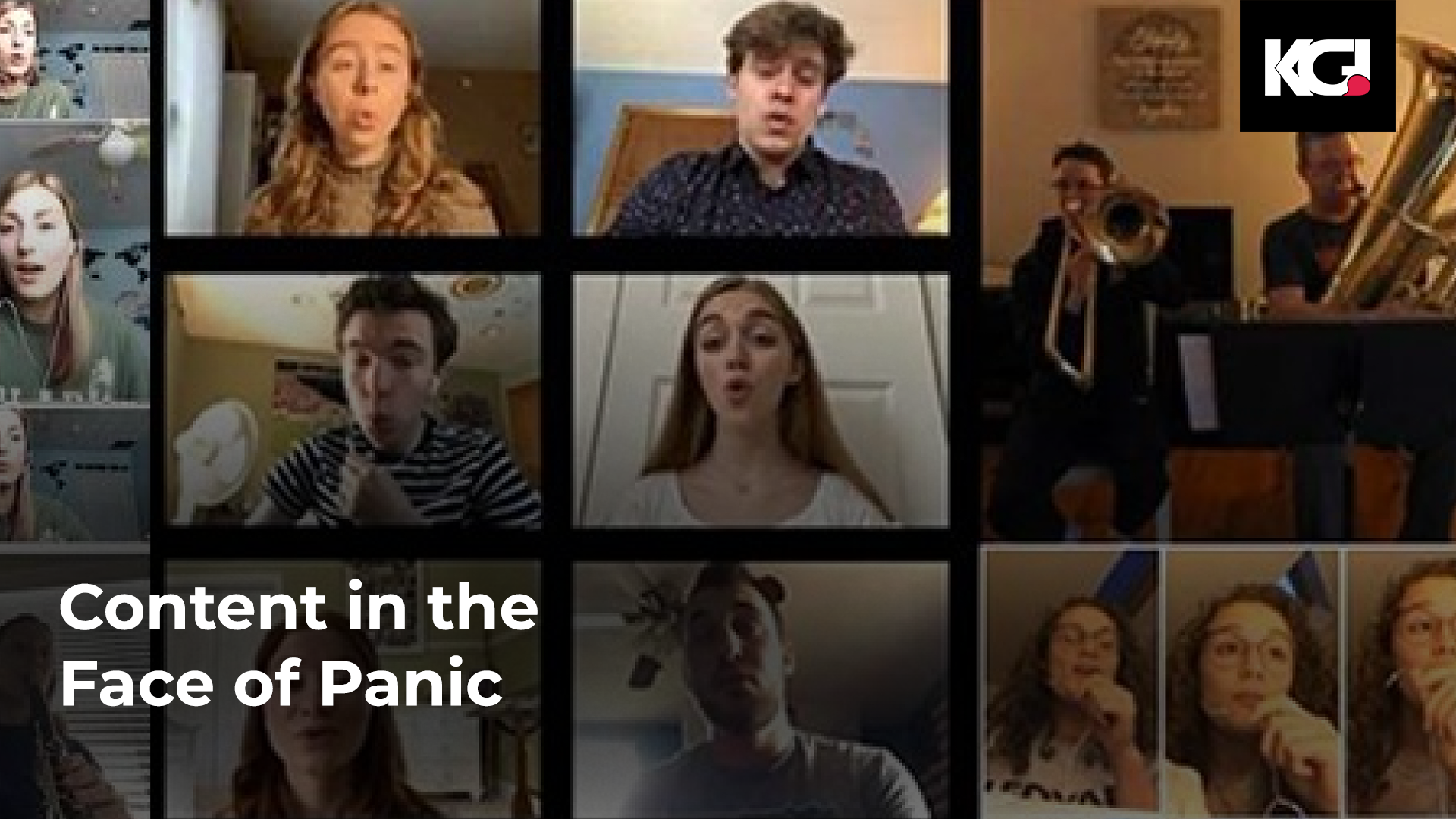In the age of new media and the Corona pandemic, questions are intensifying about the “opportunities” available to reach the right audience through social media. However, two fundamental questions remain, namely what kind of content is required at this stage and what is the ROI associated with it?
To answer these questions, several factors must be considered, and therefore more questions should be raised while digging deeper into the matter. Most professional companies appropriately explore demographic data and persona before kicking off with any marketing campaign. But how best to understand the persona behavior in times of isolation? What technologies do they use on a typical day and what kind of content do they search for? What are the relevant platforms needed? What will be the point of differentiation?
Let’s take some of the contents currently circulating around the Corona issue for example. Many people have recently read or watched content relevant to the following statements:
“This pandemic helped reduce pollution.”
“This pandemic is a warning sign to humankind to re-consider its environmental impacts.”
This type of content echoed, users did find materials on these issues online and content was delivered. However, from a marketing perspective, it can be argued that the content in question did not add much informational value or contribute to marketing solutions.
“The Corona pandemic is a positive opportunity to redefine what we do in our lives”
At the height of the corona pandemic, a significant amount of content is resonating with people’s interests and going viral. For example, content such as individuals playing music with social distancing, or congratulating the medical front liners facing the pandemic, had a large impact. Medical information about avoiding infection was also very popular, as was content about the origin of the virus, although some of it was certainly pure conspiracy theory. This kind of content dominated the mobile-social communication.
On the other hand, as the crisis unfolded, some businesses panicked, and brought to a halt their content-production campaigns. They chose saving rather than investing out of fear, and who can blame them. Other companies decided to continue with their digital and social media presence not only to seize marketing opportunities, but to be part of this historical event and assume their share of social responsibility. In the GCC brands such as Kiri and Nescafe took this initiative.
It should not be forgotten that content marketing is not just about sales but about presence, just as importantly. By telling an optimistic story or providing solutions or information, presence is re-affirmed. There are no better times than in crisis for companies to show that they have genuine values and assert their status and authority in their own segment. However, they have to display this in the way they act, the way they forge and disseminate their messages, and by the way they show that they share social responsibility. Although this mindset goes beyond marketing, the loyalty of consumers is usually linked to their perception of the brand’s “grandeur”.
Yes, there is a challenging dilemma facing individuals, companies and governments. Should they spend money and allocate resources while return is not guaranteed? The answer depends on each case and many factors need to be considered, not least of which are available resources and financial capabilities.
The challenge of producing content that helps in confronting fears and disruptions to lives and livelihood during this pandemic was a great one. But so was the impact of the content produced. In an analysis of consumer responses to advertisements, it was found by the technology company Ace Metrix that “while typically only 12.5% of ads have scored on their Empower metric (a measurement of the positive impact of purpose-driven advertising), three-quarters of COVID-19 related ads scored on the metric. That said, as time passes, the number of COVID-19-related ads scoring on the “Exploit” metric has increased.”
Currently, the main marketing channel of communication between people is digital and social media. This combination, along with technology, is a principal engine of change and improvement. Mastering it responsibly and professionally, therefore is a must, for any business enterprise – especially in times of crisis.


